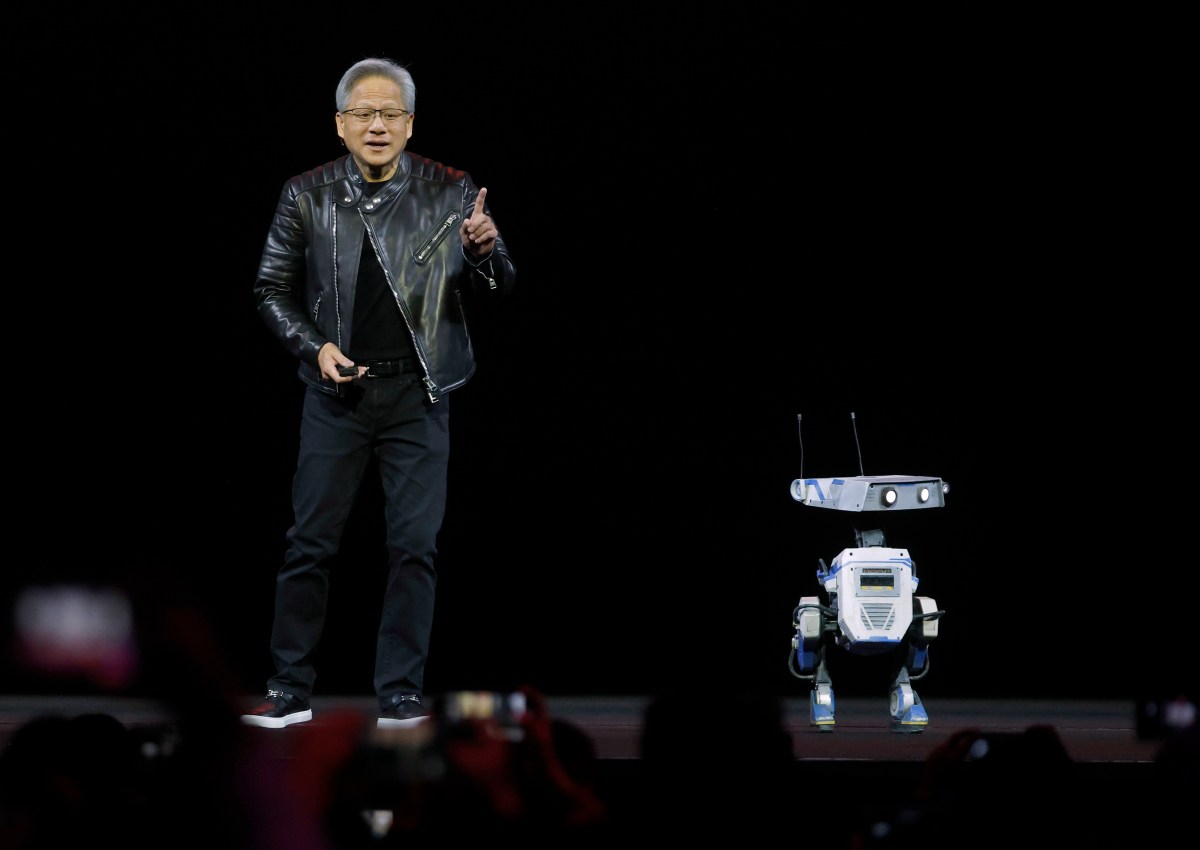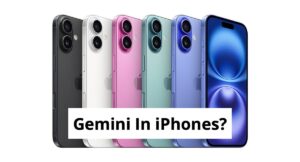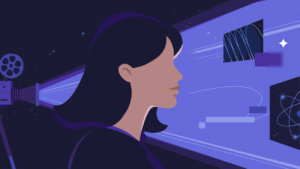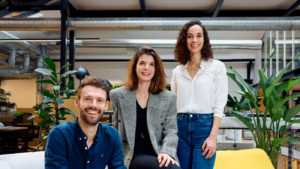Nvidia and Google DeepMind to Energize Disney’s Adorable Robots

Nvidia Unveils Newton: A New Physics Engine for Robotics
Nvidia, a leading technology company, recently made an exciting announcement at the GTC 2025 event. CEO Jensen Huang revealed that Nvidia is teaming up with Disney Research and Google DeepMind to create Newton, a state-of-the-art physics engine. This new engine aims to simulate how robots move and interact in real-world environments more realistically and effectively.
Newton: Enhancing Robot Movement
According to Huang, one of the first applications of Newton will be in Disney’s upcoming entertainment robots, especially the Star Wars-inspired BDX droids. These innovative droids demonstrated their capabilities on stage during the keynote presentation, hinting at the significant advancements they represent in robotics technology.
Open Source Release
In a move that emphasizes collaboration and broad accessibility, Nvidia plans to launch an early, open-source version of Newton later in 2025. This approach allows developers from different backgrounds to experiment with and improve the physics engine for various applications.
Disney’s Vision for Robotics
Disney has been exploring the concept of robotic assistants within its parks for years. The company’s goal is to bring these Star Wars-themed droids to life, enhancing visitor experiences across its entertainment venues. Demonstrations of these robots have been conducted, most recently at SXSW 2025, showcasing their potential.
Kyle Laughlin, the Senior Vice President of Disney Imagineering, stated that this collaboration with Nvidia and Google DeepMind would significantly influence the design and functionality of future Disney entertainment robots. This resonates with Disney’s long-standing ambition to incorporate advanced robotics into its theme parks.
Benefits of Newton
The main aim of the Newton engine is to make robots more expressive and capable of managing intricate tasks with greater accuracy. This physics engine helps simulate how these robots interact with elements of the natural world—a crucial aspect of development given the complexities involved in real-life applications.
Customization Features
Nvidia highlights that Newton offers a high degree of customization for developers. They can use it to program various robotic interactions, which can include dealing with:
- Food items
- Textiles
- Sand
- Other deformable objects
This customization is crucial in creating robots that can understand and adapt to dynamic environments and objects.
Compatibility with Google DeepMind
Newton is designed to work seamlessly with Google DeepMind’s suite of robotic development tools, including the MuJoCo physics engine. MuJoCo specializes in simulating multi-joint robot movements, which enhances the potential for more sophisticated robotic applications.
Additional Announcements at GTC 2025
Nvidia introduced several other innovations alongside Newton at GTC 2025. One of the spotlight features was the Groot N1, a foundational AI model for humanoid robots that allows for improved perception and reasoning regarding their surroundings.
Additionally, Nvidia shared information about its upcoming advanced AI chips, specifically Blackwell Ultra and Rubin. They also presented a new series of personal AI computers designed to make AI technologies more accessible to consumers.
Overall, Nvidia’s announcement of Newton showcases a significant step forward in robotics technology, promising to enhance how robots operate and interact with their environments in ways that were previously not possible. As collaborations with Disney and Google DeepMind unfold, exciting developments in this field are on the horizon.






